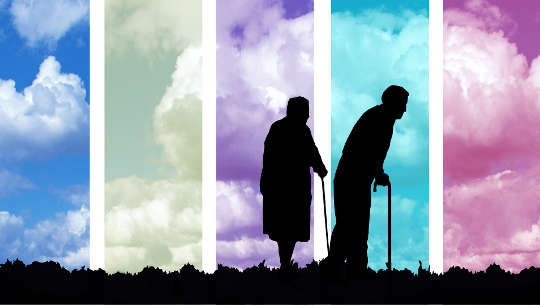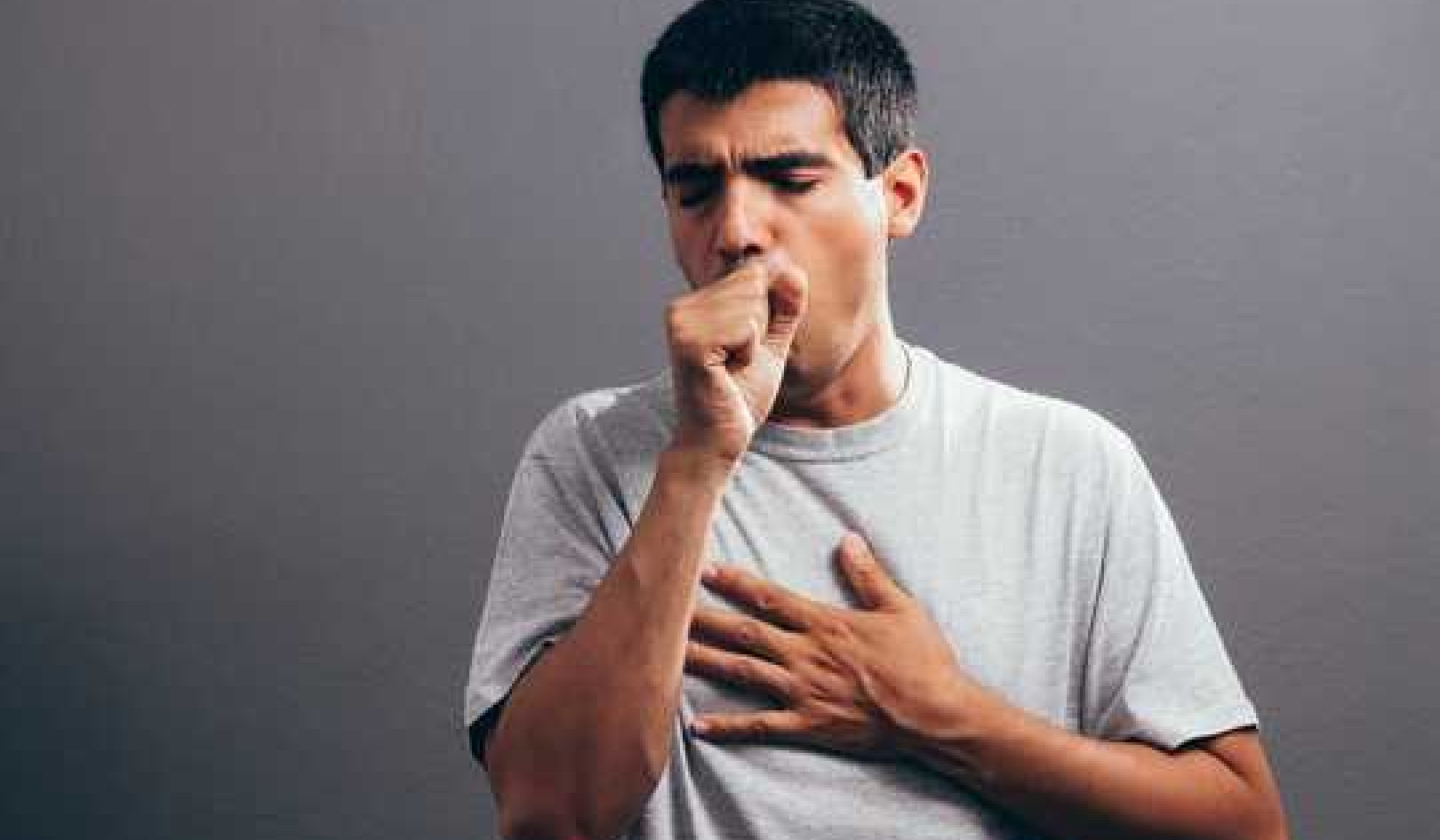
Image by Gerd Altmann
We tested the cognitive ability of elderly mice following defined periods of exercise and found an optimal period or 'sweet spot' that greatly improved their spatial learning,
Researchers have discovered an exercise “sweet spot” that reverses the cognitive decline in aging mice, paving the way for human studies.
After more than a decade of research, the team found 35 days of voluntary physical exercise improved learning and memory.
“We tested the cognitive ability of elderly mice following defined periods of exercise and found an optimal period or ‘sweet spot’ that greatly improved their spatial learning,” says Dan Blackmore, research fellow and animal behavior facility manager at the University of Queensland Brain Institute.
The researchers also discovered how exercise improved learning.
“We found that growth hormone (GH) levels peaked during this time, and we’ve been able to demonstrate that artificially raising GH in sedentary mice also was also effective in improving their cognitive skills,” Blackmore says.
“We discovered GH stimulates the production of new neurons in the hippocampus—the region of the brain critically important to learning and memory.
“This is an important discovery for the thousands of Australians diagnosed with dementia every year.”
Dementia is the second leading cause of death of all Australians, and with no medical breakthrough the number of people with dementia is expected to increase to around 1.1 million by 2058.
The findings provide further proof that loss of cognitive function in old age is directly related to the diminished production of new neurons, says Perry Bartlett, emeritus professor at the Queensland Brain Institute (QBI).
“It underlines the importance of being able to activate the neurogenic stem cells in the brain that we first identified 20 years ago,” Bartlett says.
The team explored how the production of new neurons changed the circuitry in the brain using magnetic resonance imaging (MRI).
“Using MRI, we were able to study the brain following exercise, and for the first time identify the critical changes in the structure and functional circuitry of the hippocampus required for improved spatial learning,” Blackmore says.
This research was published in two separate papers published in iScience (one, two).
Source: University of Queensland, Original Study
Related Books:
The Body Keeps the Score: Brain Mind and Body in the Healing of Trauma
by Bessel van der Kolk
This book explores the connections between trauma and physical and mental health, offering insights and strategies for healing and recovery.
Click for more info or to order
Breath: The New Science of a Lost Art
by James Nestor
This book explores the science and practice of breathing, offering insights and techniques for improving physical and mental health.
Click for more info or to order
The Plant Paradox: The Hidden Dangers in "Healthy" Foods That Cause Disease and Weight Gain
by Steven R. Gundry
This book explores the links between diet, health, and disease, offering insights and strategies for improving overall health and wellness.
Click for more info or to order
The Immunity Code: The New Paradigm for Real Health and Radical Anti-Aging
by Joel Greene
This book offers a new perspective on health and immunity, drawing on principles of epigenetics and offering insights and strategies for optimizing health and aging.
Click for more info or to order
The Complete Guide to Fasting: Heal Your Body Through Intermittent, Alternate-Day, and Extended Fasting
by Dr. Jason Fung and Jimmy Moore
This book explores the science and practice of fasting offering insights and strategies for improving overall health and wellness.























